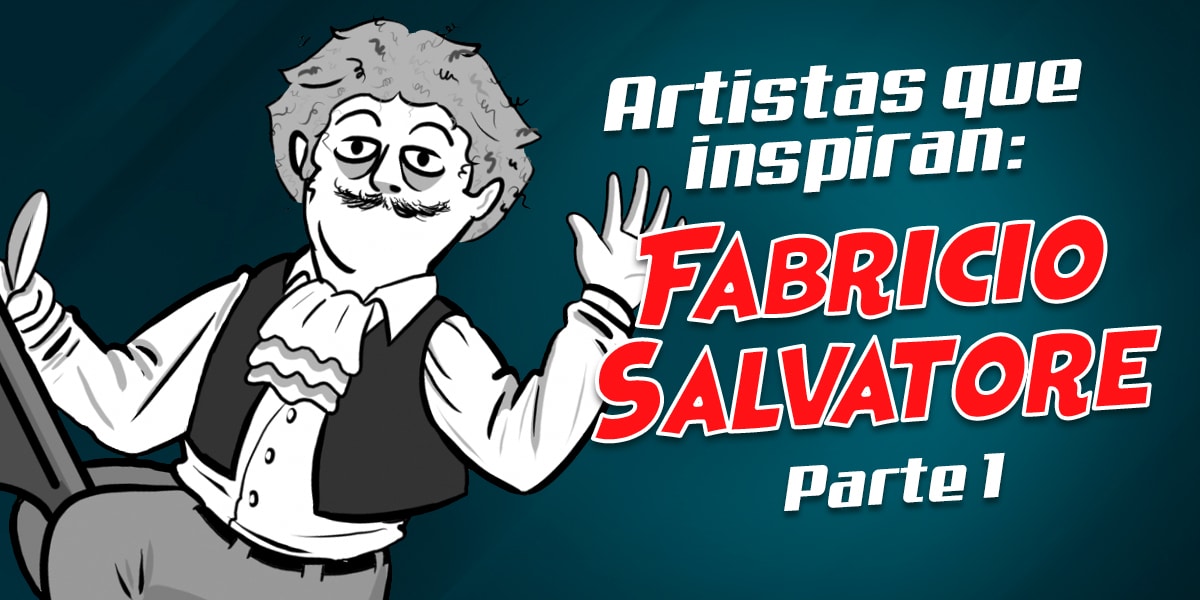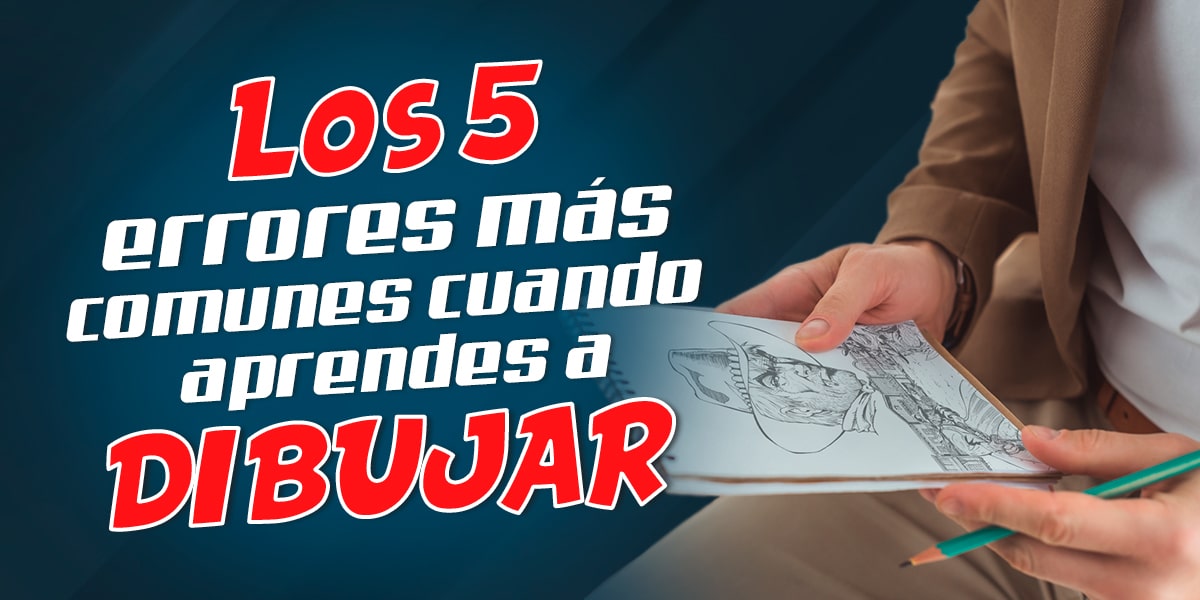Entrevista a Fabricio Salvatore (Parte 1): El Arte de Adaptar la Realidad al Cómic
¿Alguna vez te has preguntado cómo se crea una novela gráfica basada en hechos reales? ¿Qué desafíos enfrenta un artista al transformar la historia en viñetas? Prepárate para sumergirte en el fascinante mundo de la creación de cómics de la mano de un joven talento emergente. En esta entrevista exclusiva, Fabricio Salvatore, con solo 24 años, nos abre las puertas de su proceso creativo y nos revela los secretos detrás de su primera novela gráfica. Desde sus inicios como dibujante hasta los dilemas éticos de adaptar una historia real, este artículo te llevará en un viaje inspirador por el universo del cómic. ¡No te pierdas ni un solo detalle de esta fascinante conversación!
Por Chuky Rossi
De Lápices Infantiles a Novelas Gráficas: El Viaje Artístico de Fabricio Salvatore
¡Bienvenido, querido lector! Hoy tenemos el privilegio de entrevistar en exclusiva para TFC a Fabricio Salvatore (@fabricioposting). Con tan solo 24 años, este joven artista acaba de publicar su primera novela gráfica, adaptando la fascinante y enigmática historia de Kaspar Hauser. En esta entrevista, Fabricio nos sumergirá en su proceso creativo, compartiendo sus experiencias al enfrentarse al desafío de desarrollar una historieta extensa y la responsabilidad que conlleva trabajar con hechos históricos. ¿Estás listo para descubrir los secretos detrás de la creación de una novela gráfica? ¡Ponte cómodo y acompáñanos en este viaje al corazón del arte secuencial!
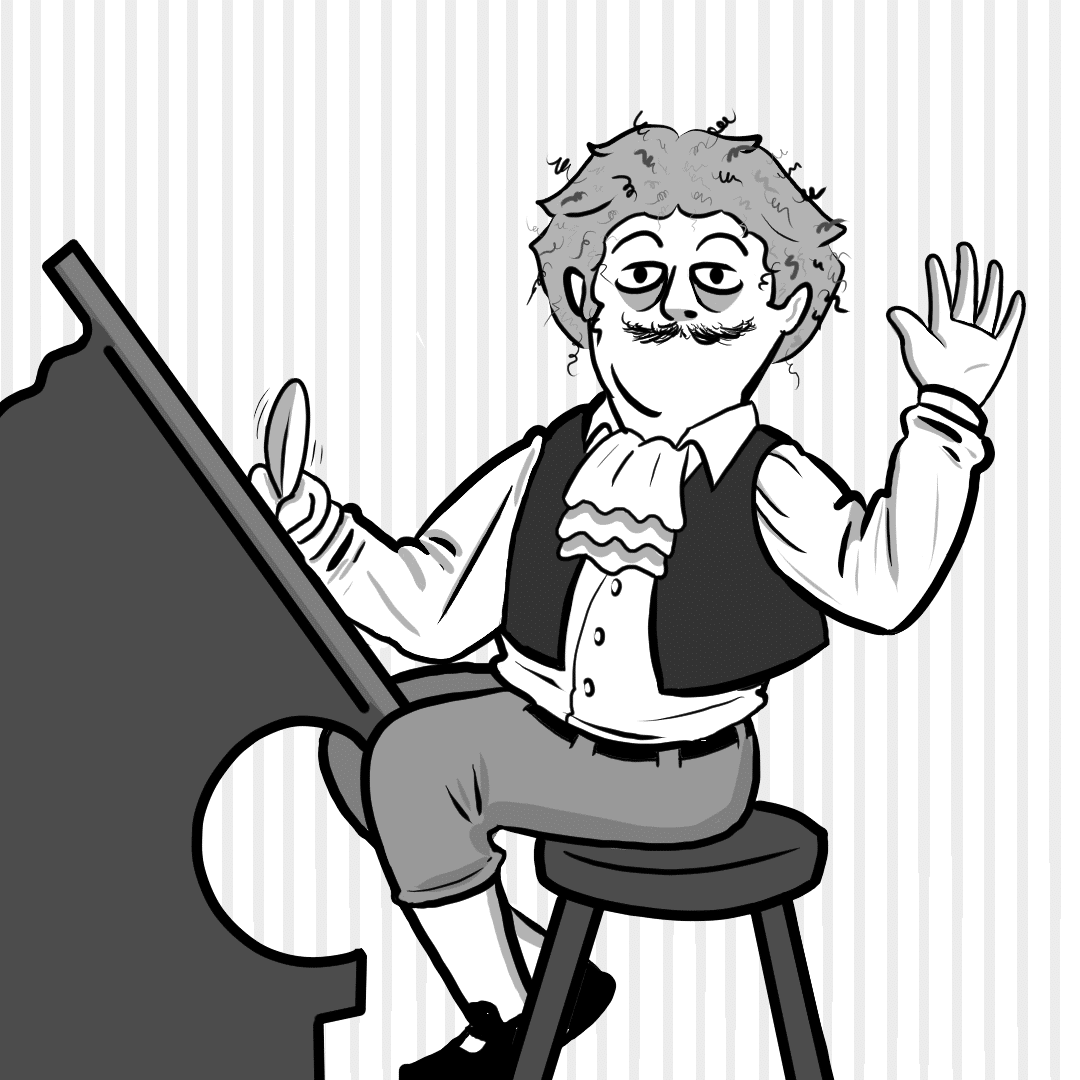
Del Trazo Infantil al Arte Secuencial: Los Orígenes de un Dibujante Apasionado
Como muchos artistas, Fabricio comenzó a dibujar desde que pudo sostener un lápiz. “Creo que estoy muy a favor de la idea de que todos los artistas, en realidad, son gente que de chiquitos no le dieron mucha importancia, y que lo sublimaron en dibujar mucho”, reflexiona. Esta perspectiva nos invita a pensar en cómo las pasiones de la infancia pueden convertirse en carreras profesionales cuando se cultivan con dedicación. Si te identificas con esta historia y quieres llevar tu pasión por el dibujo al siguiente nivel, descubre aquí recursos que te ayudarán a crecer como artista.
Inicialmente, Fabricio ingresó a la Facultad de Artes con la intención de convertirse en un artista clásico. Sin embargo, pronto descubrió que su verdadera pasión estaba en las historietas. “Me incliné más para el lado de las historietas, porque me parecía un medio más popular y fácil para transmitir un mensaje”, explica. “La historieta le llega más a la gente que lo que haya en un museo, con todo respeto a los museos y al arte con mayúscula”.
Esta reflexión de Fabricio nos recuerda el poder del cómic como medio de comunicación y expresión artística. Si tú también sientes que tienes un mensaje que compartir a través del dibujo, haz clic aquí para explorar técnicas que te ayudarán a transmitir tus ideas de forma visual.
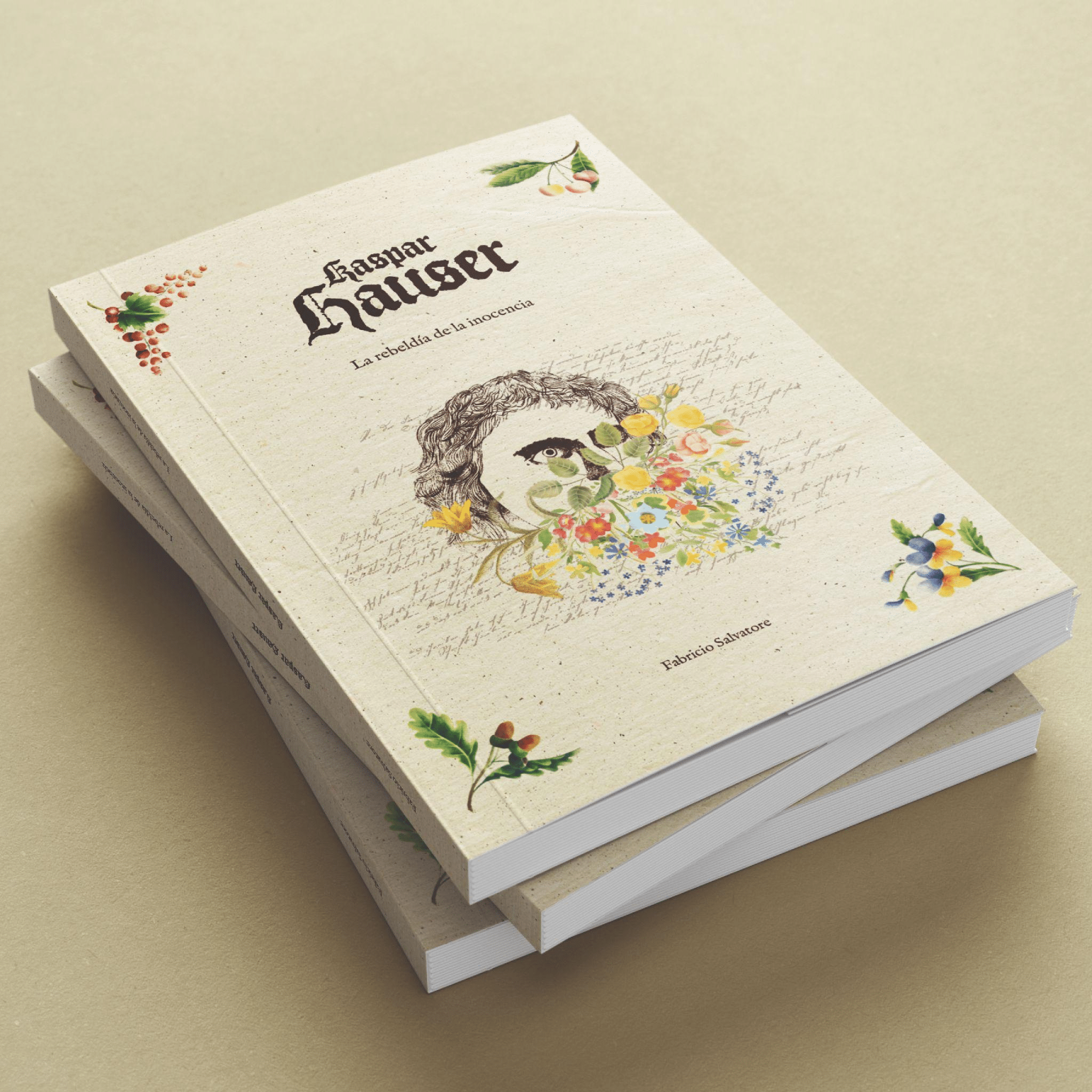
Kaspar Hauser: Cuando la Historia Real se Convierte en Arte Secuencial
La última novela gráfica de Fabricio, titulada “Kaspar Hauser”, se basa en un caso verídico conocido como “el enigma de Kaspar Hauser”. Esta historia, ambientada en 1828 en Núremberg, narra la vida de un joven de 17 años que vivió encerrado en un sótano hasta esa edad. “De un día para el otro es liberado, y sale al mundo sin saber nada sobre nada”, explica Fabricio. “Entonces lleva a cabo una exploración biológica, semiótica, lingüística y psicológica, haciéndole frente a muchos problemas que todo eso conlleva”.
La adaptación de una historia real a una novela gráfica presenta desafíos únicos. Fabricio enfatiza la importancia de la documentación y el respeto por los hechos históricos. “Diría que fui respetuoso con lo que es la documentación. Mi fuente visual principal era la película de Herzog, que se llama igual”, comenta. “Al verla, me fijé mucho en las ropas, en los planos, y en los interiores, sobre todo. Intenté ser súper respetuoso porque era una historia real la que estaba contando”.
Esta atención al detalle y compromiso con la autenticidad histórica es fundamental en la creación de cómics basados en hechos reales. Si te interesa aprender más sobre cómo crear ambientes y personajes históricamente precisos, ingresa aquí para descubrir recursos que te ayudarán a mejorar tus habilidades de investigación y representación visual.
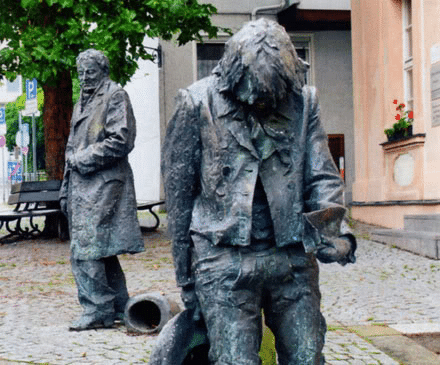
Escultura dedicada a Kaspar Hauser en la ciudad de Nüremberg
Imagen: https://hdnh.es/misterio-historia-kaspar-hauser/escultura-dedicada-a-kaspar-hauser-en-la-ciudad-de-nuremberg/
El Delicado Equilibrio entre Ficción y Realidad en la Novela Gráfica
Uno de los aspectos más fascinantes del trabajo de Fabricio es cómo maneja el equilibrio entre la ficción y la realidad en su obra. “En la historia intenté ser lo más respetuoso posible, por una cuestión ética, debido a que es un caso real y muy trágico”, explica. Sin embargo, también reconoce que hay momentos donde se toma ciertas libertades creativas: “La libertad que me tomo es muy escueta. Es de dos páginas y muy obvia, es decir, hay un solo momento muy metafísico en la historia, donde se nota que esto no podría haber sido así”.
Esta aproximación demuestra la complejidad de adaptar historias reales al formato de cómic, donde el artista debe equilibrar la fidelidad histórica con la necesidad de crear una narrativa atrapante. Si te intriga este proceso creativo y quieres aprender más sobre cómo contar historias a través del dibujo, haz clic aquí para explorar técnicas de narrativa visual que potenciarán tus habilidades como contador de historias gráficas.
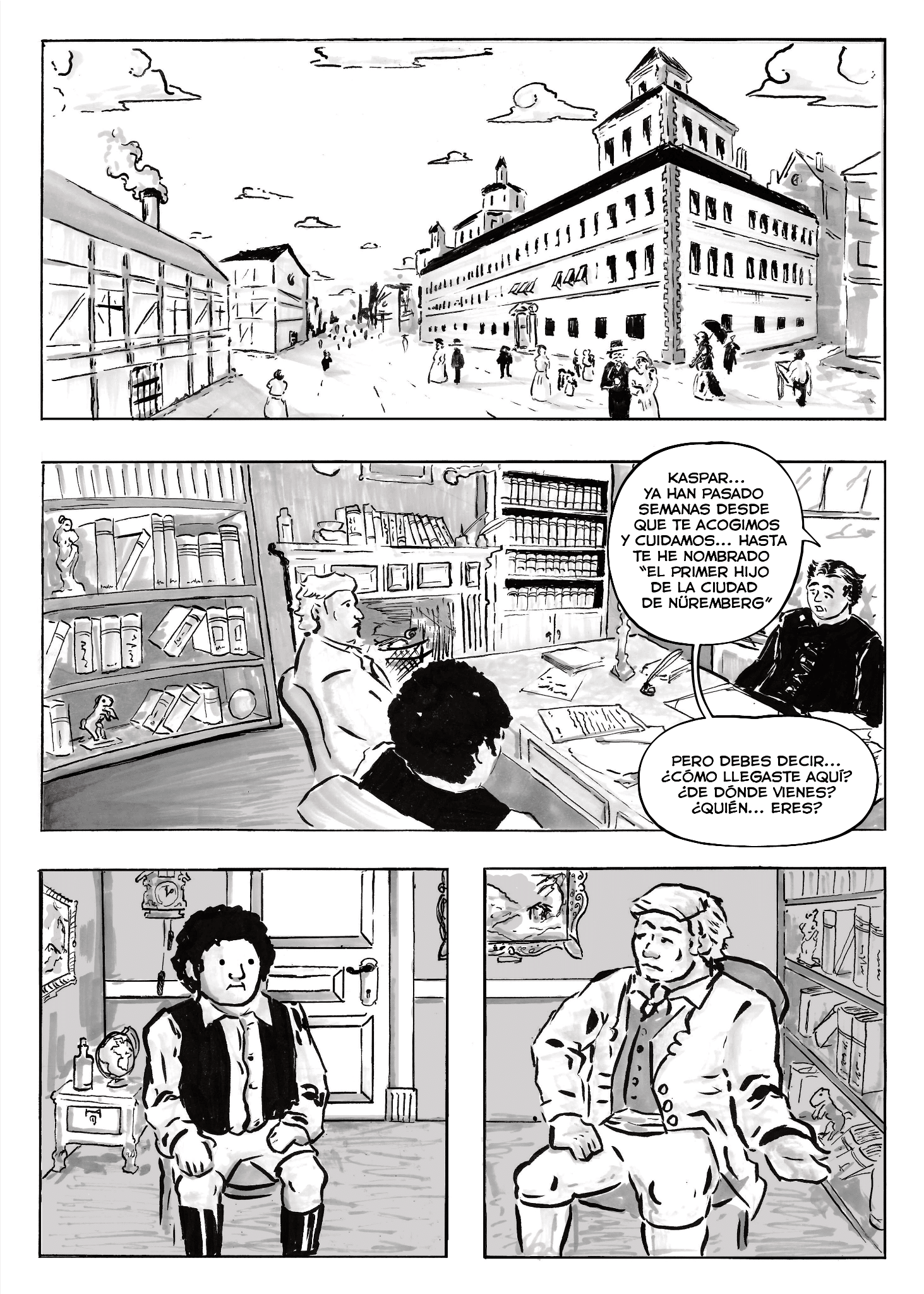
Más Allá de Kaspar: Explorando Nuevos Horizontes Creativos
Fabricio no se detiene en su exploración artística. Actualmente, está trabajando en un nuevo proyecto que contrasta con la rigurosidad histórica de “Kaspar Hauser”. “Es una historieta de fantasía medieval y si bien no hay nombres de países, no hay nombres ni localizaciones geográficas, utilizo un montón de documentación de armaduras reales”, revela.
Este nuevo proyecto demuestra la versatilidad de Fabricio como artista, mezclando elementos fantásticos con detalles históricos precisos. “En la historieta que estoy empezando a armar hay ogros, hay orcos, hay todo lo que te imagines de ese mundo, pero usan una armadura italiana del siglo XV con la ornamentación de esa época”, explica.
Esta fusión de fantasía y realidad histórica ofrece un enfoque único y fascinante para la creación de mundos imaginarios. Si te sientes inspirado por esta idea y quieres aprender a crear tus propios universos fantásticos con un toque de autenticidad histórica, ingresa aquí para descubrir recursos que te ayudarán a desarrollar tu estilo único en la creación de mundos fantásticos.
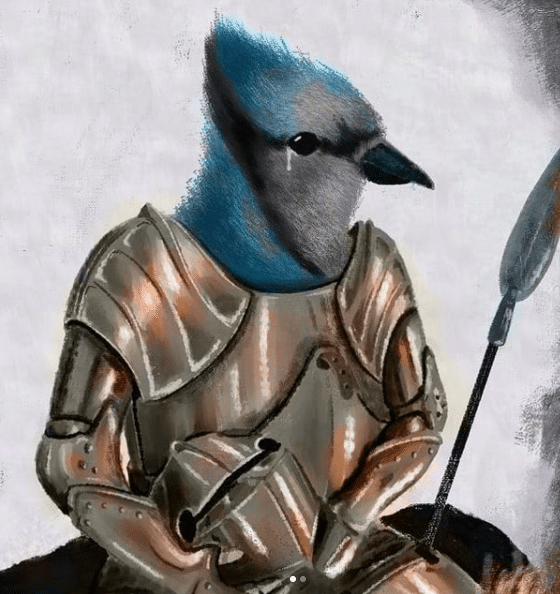
Conclusión: Un Vistazo al Futuro del Cómic
La entrevista con Fabricio Salvatore nos ha ofrecido una mirada fascinante al proceso creativo detrás de la adaptación de historias reales al formato de novela gráfica. Desde sus inicios como dibujante hasta los desafíos éticos y creativos de trabajar con hechos históricos, Fabricio nos ha guiado a través de su viaje artístico con honestidad y pasión.
Su enfoque meticuloso en la investigación histórica, combinado con su habilidad para infundir momentos de creatividad y fantasía, demuestra el poder del cómic como medio para contar historias complejas y multifacéticas. Ya sea adaptando la enigmática vida de Kaspar Hauser o creando un mundo de fantasía medieval con toques de autenticidad histórica, Fabricio nos muestra cómo el arte secuencial puede ser un puente entre el pasado y la imaginación.
Esta entrevista no solo nos ha dado una visión íntima del proceso creativo de un joven y talentoso artista, sino que también nos ha inspirado a reflexionar sobre el potencial del cómic como forma de arte y medio de comunicación. Si tú también sientes la llamada del arte secuencial y quieres explorar tu potencial como creador de cómics, no dudes en dar el siguiente paso en tu viaje artístico explorando nuestros recursos aquí.
¡No te pierdas la segunda parte de esta fascinante entrevista, donde Fabricio nos revelará más secretos sobre su proceso de trabajo, los materiales que utiliza y sus recomendaciones de cómics imperdibles!

